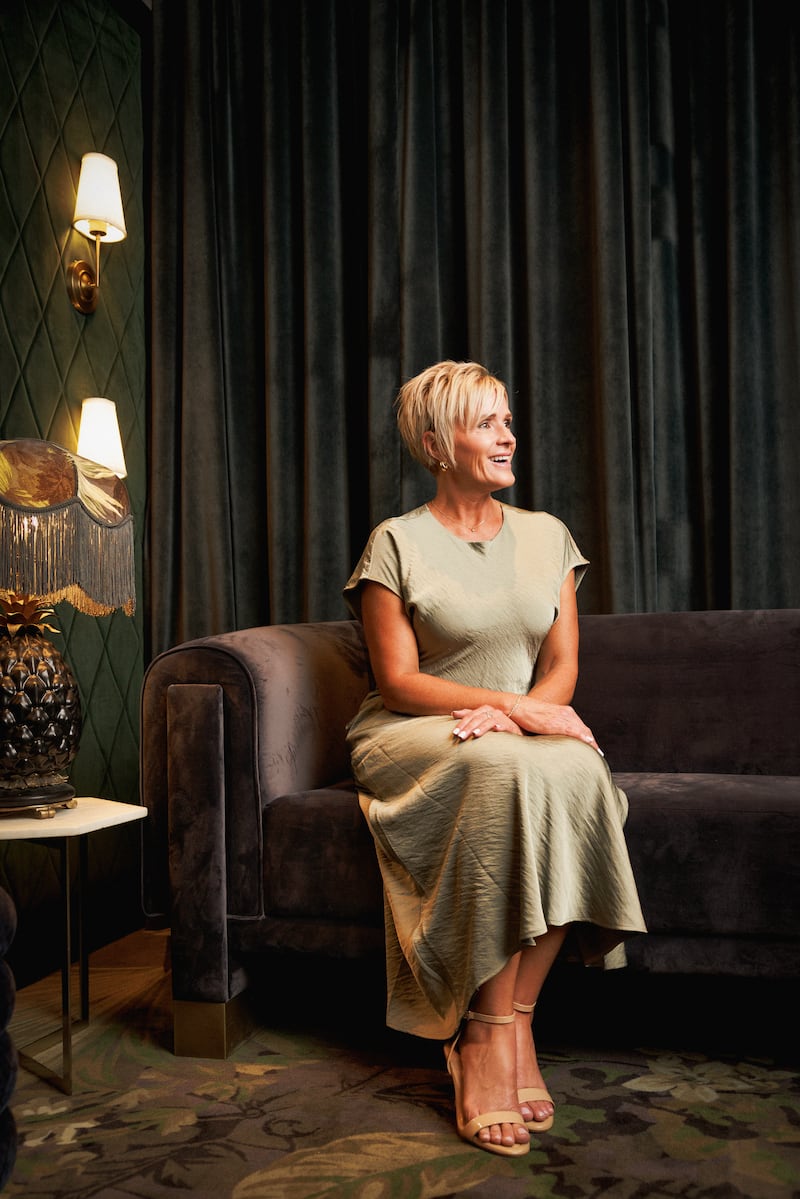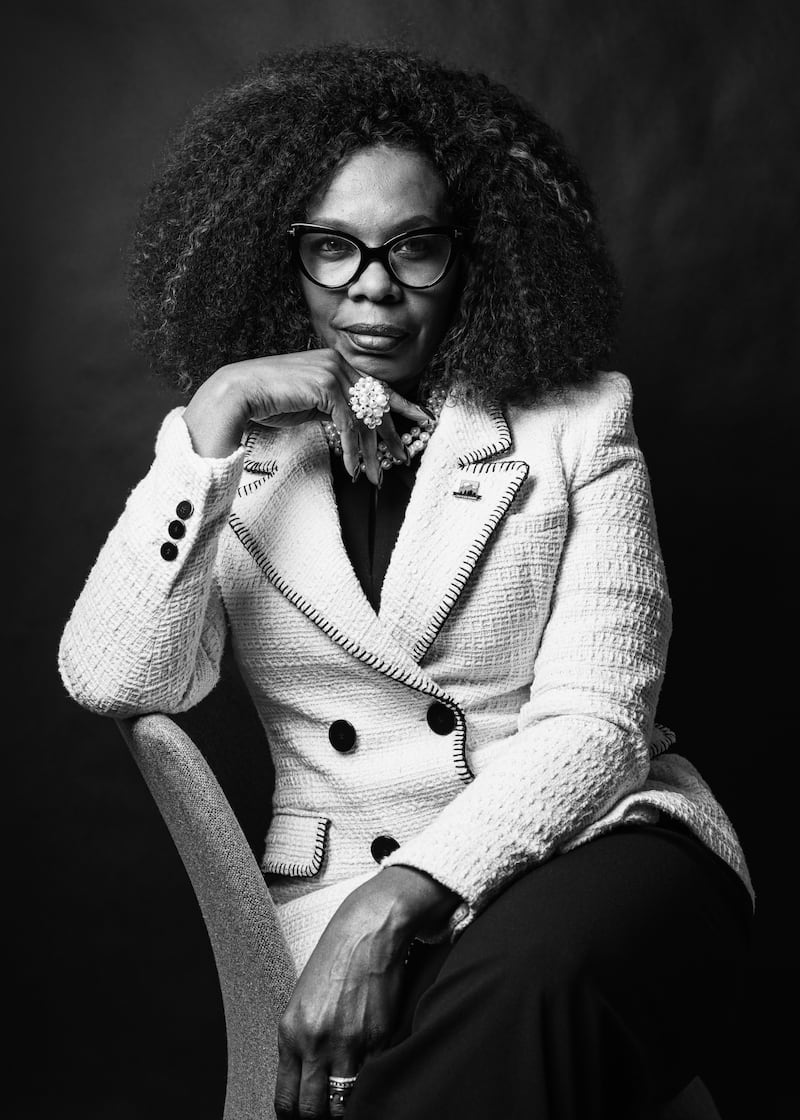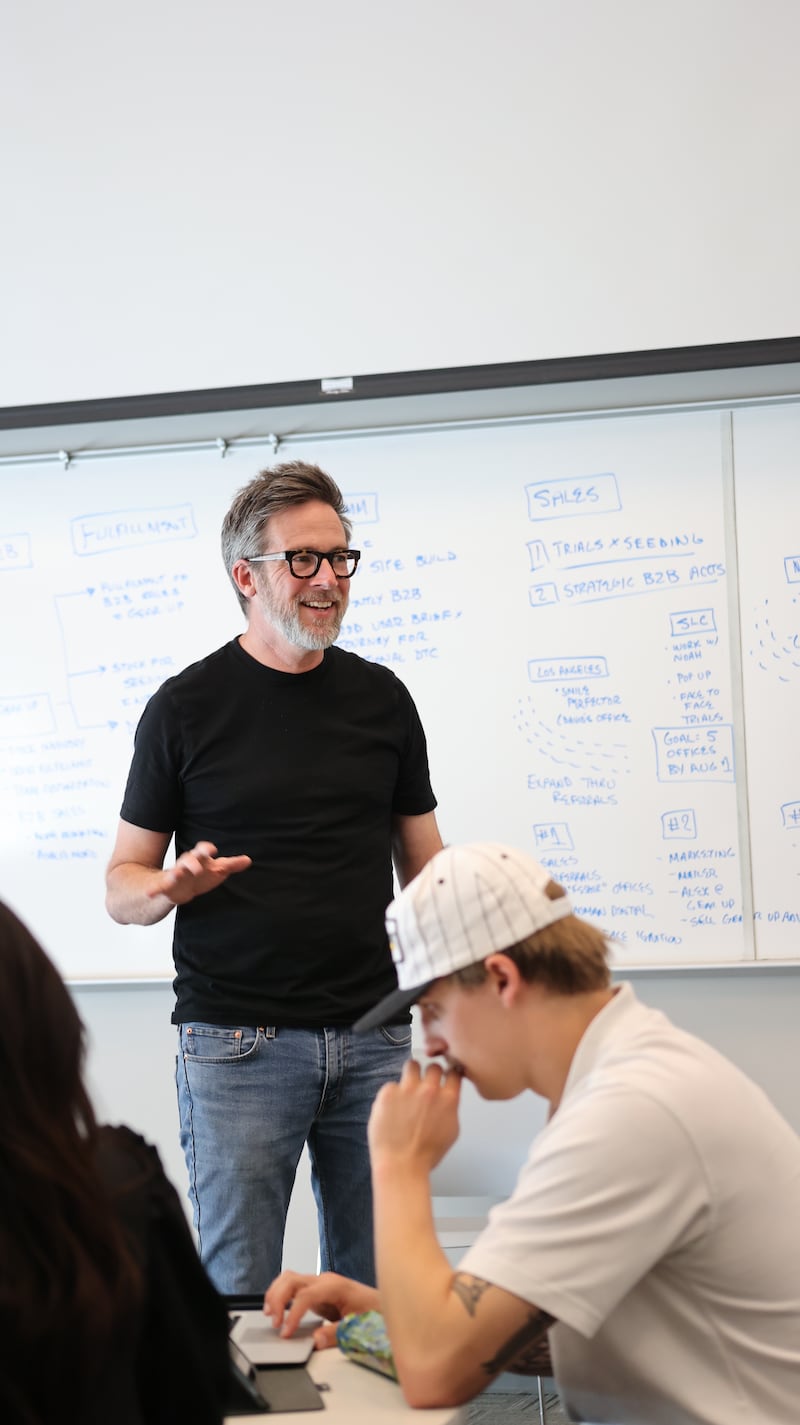This article spotlights four esteemed entrepreneurs slated to present at Utah Business Forward. With six distinct tracks covering Acquisition, AI, Branding, Entrepreneurship, People & Culture, and Performance, this dynamic event will take place on November 20, 2024, at the Grand America Hotel in Salt Lake City.
“If the country happens not to abound in forage, you must agree with some Entrepreneur for the quantity required,” wrote Thomas Simes in “A Treatise on Military Science.” Though first used by French economist Richard Cantillon in the early 18th century, this is the earliest published instance of the word “entrepreneur” in English. From the start, entrepreneurs were seen as problem solvers.
“Businesses are built by solving problems,” serial entrepreneur and investor Curt Doman says. “An entrepreneur starts by finding something that’s not working as well as it should and then building a solution.”
Doman’s best-known venture is Progressive Leasing, which specializes in providing payment options to consumers otherwise unable to qualify for credit.
“I was looking for a niche that was both underserved and lacked competition when I learned that a third to a half of credit applications at furniture retailers were being turned down, sending those shoppers to the rent-to-own stores down the street,” Doman says. “I saw an opportunity to help the traditional retailer save the sale by offering lease-to-own payment options.”

From need to niche
Nicole Tanner, founder of drive-thru soda fountain chain Swig, conceived of and launched her first location in 2010 to satisfy an unmet need of her own.
“I would go to Sonic to get my drink fix but felt the experience was lacking,” Tanner says, adding that she was specifically frustrated by the time it took for her to get fast-turnaround pebble ice drinks while waiting behind slow-turnaround food customers. “I wanted a better product, better service and a faster line. I started out creating something better that I would appreciate. And that’s how Swig was born.”
Eventually, the line of cars at the first Swig location in St. George reached around the store. Tanner realized success was degrading her customer experience. She opened a second store and then looked north and south, opening locations along the Wasatch Front and in Gilbert, AZ. She then began to confront a new set of risks created by rapid growth.
“I felt like I’d caught lightning in a bottle but knew that I could ruin it if I scaled too quickly,” Tanner says. “Things got really hard at about store number 10. Much harder than going from one to two. We didn’t know how to expand into cities hours away, and we failed to provide those locations with the support and help they needed. The tipping point came at 17 locations. I was spread too thin. I wanted every location to replicate the first Swig’s feel and culture, and I knew we were failing. That’s when we decided to bring in some restaurant experience.”
Enter The Savory Fund, a private equity firm investing in innovative restaurant concepts.
“We’d had many investors want to get involved with Swig, but I didn’t just need capital; I needed experience,” Tanner remembers. “I knew within 10 minutes (of meeting Savory Managing Partner Andrew Smith), I’d met the right partner. I was willing to give away a larger portion of the company because that partnership is what we needed to survive.”
Savory helped Swig scale to 42 locations before bringing on additional investment by The Larry H. Miller Company.
“That was a good decision,” Tanner says. And she’s not alone in her assessment, as Franchise Times named that partnership its 2023 Deal of the Year.
From store one to store 60, Swig’s business model has remained remarkably unchanged. Given its success, it will likely remain so. But that’s not how the entrepreneur’s journey usually unfolds.

Pivot with passion
“As you grow, your problem set changes,” Doman says. “When I invest in an entrepreneur, I do it knowing they’ll probably have to pivot a number of times to find product market fit.”
Dr. Sidni Shorter, a lifelong entrepreneur and CEO of the Utah Black Chamber of Commerce, is well aware of the difficulty entrepreneurs face when approaching major forks in the road. She says the decision to pivot is a challenging one because it’s often tangled up in deep emotion.
“When an entrepreneur succeeds, it’s usually because what they do is aligned with who they are, their unique gifts and talents. That leaves them feeling like they know better than anyone exactly what the business is supposed to be,” Shorter says. “But success means listening to your market and customers, and too often, they don’t do that. Pivoting comes at a cost, and many are not prepared to pay it.”
Shorter adds that the passion an entrepreneur has for their venture is a better servant than a master.
“Passion is great fuel but must be wrapped in business principles, and the pivot is one of those principles,” she says, noting that even when one is willing to ask the hard questions, there is a right and a wrong way to go about it.
“You can’t just look at your own customer base. You have to consider the broader market and the information out there,” Shorter says. “Mine the data that tells the story of what’s happening in your industry and sector.”
Keep your cards close
Central to the definition of “entrepreneur” is the assumption of significant risk balanced by the prospect of an equally significant reward or liquidity event — most often in the form of an acquisition. The shorthand for this is the exit, and engineering a profitable one is how the ideal entrepreneur’s journey ends.
Setting aside the strategy behind building an acquisition-worthy company, the sine qua non of a founder’s eventual lucrative exit is holding on to as much ownership of one’s venture as possible throughout the journey.
“Hold on to your equity in the early days. It’s easy to hand out five or 10 percent here or there because the needs are pressing and it doesn’t feel like it’s actually costing you anything. This is true for equity you might give to both investors and early team members. My advice is to wait as long as you can before giving up equity, and when you do, make sure you get more than money out of it,” Doman says, echoing Tanner’s insistence that early investment in Swig be bundled with vital restaurant industry expertise.
Paul Burgon is a managing partner at Exit Ventures, a VC firm specializing in positioning portfolio companies for lucrative exits via acquisition. He says successful founders are experts at what they do, but that rarely includes seeing their company through the right lens.
“You need to understand what potential acquirers are looking for in an exit and work backward from there,” Burgon says. “One of the best ways to get that knowledge is to add a strategic investor and partner to your cap table.”
As far as what he looks for in an investment target, Burgon cites the usual things, including an innovative product with a very large market backed by a strong team. From there, he veers off the usual VC script.
“If most of the team is in their 20s, it’s not ideal. The statistics are clear: Startup founders with gray hair are two to three times more likely to be successful,” Burgon says, adding that the idea that VCs should expect a founder to succeed when their first real job is running a startup is a little bit ridiculous.

The time and place for an entrepreneur
Be that as it may, the fact remains that what 20-something founders lack in experience, they tend to make up for in creativity and drive. Startup incubators, like the nonprofit Doman Innovation Studio (DIS), offer professional services, mentorship and inspiration to compensate for the former while directing the latter.
“Success in an incubator is less about the idea and more about action and direction,” says Doman, founder of DIS. “Entrepreneurs who may not have everything figured out but are moving forward, even if they’re only learning what doesn’t work, those are the ones who are going to succeed.”
Cord Bowen, director at DIS, agrees.
“The studio is primarily interested in keeping startups moving,” he says. “The pivots you hear about later in the game are really important, but in the earliest stages, it’s all pivot as they try to decide which direction to face with this idea they have.”
When asked what attributes best predict entrepreneurial success, both Bowen and Doman answer with a very encouraging degree of egalitarianism.
“Everyone innately has entrepreneurial abilities. It’s a question of time and place. Are they ready? If someone is without those qualities, it’s not the right time or place,” Bowen says. “It may not happen until their 40s, inspired by a life change like losing a job, when someone suddenly comes alive and says, ‘Let’s go.’”
Doman adds that many traits of successful entrepreneurs, like work ethic, can be acquired over time and with effort.
“But in the end, I believe it comes down to the individual signing up for it and taking that step,” he continues. “We can open the door, but the entrepreneur is the one who walks through it.”

